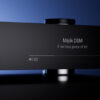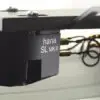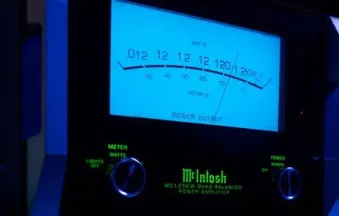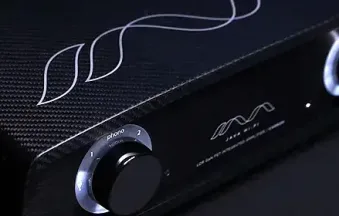No products in the cart.
LG Display Pioneers Blue Phosphorescent OLED Edging Closer to ‘Dream Display’
LG Display has made a breakthrough in next-gen screen tech by finalizing the mass production viability of Blue Phosphorescent OLED panels. Overcoming the most persistent challenge in OLED technology, this innovation fills the gap long left by inefficient and short-lived blue emitters. While red and green phosphorescent materials have been standard since the early 2000s, a reliable blue variant proved elusive—until now. By developing a hybrid two-stack tandem setup that pairs a conventional blue fluorescent lower layer with a new blue phosphorescent top layer, LG Display has achieved improved power efficiency without compromising the lifespan of its panels. This game-changing architecture, engineered in partnership with Universal Display Corporation (UDC), delivers up to 15% lower energy consumption and paves the way for more sustainable high-performance OLED displays.
Already proven in automotive screens and Apple’s iPad Pro lineup, tandem-stack OLED designs have become essential to elevating both visual performance and panel longevity. LG Display’s approach places it at the forefront of OLED evolution, with their Blue Phosphorescent OLED set to debut at Display Week 2025 in San Jose, California. Patent filings have been secured in both South Korea and the U.S., signaling the readiness for commercial rollout. Initial implementations will target high-demand IT devices, with extended applications planned for smartphones, tablets, XR headsets, and next-gen AI-powered PCs—all sectors requiring high brightness, color accuracy, and exceptional power efficiency.
This strategic leap by LG Display sets a sharp contrast with Samsung Display’s ongoing investment in QD-OLED, highlighting divergent philosophies in next-gen display innovation. Although a single-stack blue phosphorescent solution isn’t industry-ready yet, LG’s hybrid model bridges the gap and could fast-track broader adoption. For audio-visual purists and high-end media consumers, this innovation means cleaner visuals with less power drain—ideal for immersive listening and viewing environments. For more insights on advancements in display technology, check out our in-depth guide to OLED display evolution.
LG Display has made a breakthrough in next-gen screen tech by finalizing the mass production viability of Blue Phosphorescent OLED panels. Overcoming the most persistent challenge in OLED technology, this innovation fills the gap long left by inefficient and short-lived blue emitters. While red and green phosphorescent materials have been standard since the early 2000s, a reliable blue variant proved elusive—until now. By developing a hybrid two-stack tandem setup that pairs a conventional blue fluorescent lower layer with a new blue phosphorescent top layer, LG Display has achieved improved power efficiency without compromising the lifespan of its panels. This game-changing architecture, engineered in partnership with Universal Display Corporation (UDC), delivers up to 15% lower energy consumption and paves the way for more sustainable high-performance OLED displays.
Already proven in automotive screens and Apple’s iPad Pro lineup, tandem-stack OLED designs have become essential to elevating both visual performance and panel longevity. LG Display’s approach places it at the forefront of OLED evolution, with their Blue Phosphorescent OLED set to debut at Display Week 2025 in San Jose, California. Patent filings have been secured in both South Korea and the U.S., signaling the readiness for commercial rollout. Initial implementations will target high-demand IT devices, with extended applications planned for smartphones, tablets, XR headsets, and next-gen AI-powered PCs—all sectors requiring high brightness, color accuracy, and exceptional power efficiency.
This strategic leap by LG Display sets a sharp contrast with Samsung Display’s ongoing investment in QD-OLED, highlighting divergent philosophies in next-gen display innovation. Although a single-stack blue phosphorescent solution isn’t industry-ready yet, LG’s hybrid model bridges the gap and could fast-track broader adoption. For audio-visual purists and high-end media consumers, this innovation means cleaner visuals with less power drain—ideal for immersive listening and viewing environments. For more insights on advancements in display technology, check out our in-depth guide to OLED display evolution.













